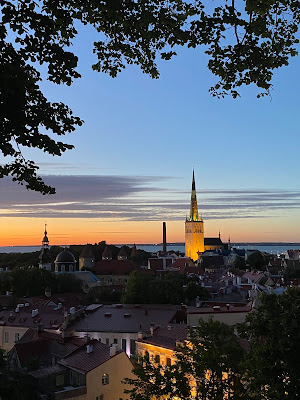The Amber Road was an ancient trade route that transported amber from coastal areas of the North Sea and the Baltic Sea to the Mediterranean Sea. Prehistoric trade routes between Northern and Southern Europe were defined by the amber trade. As an important commodity, sometimes dubbed "the gold of the north", amber was transported from the North Sea and Baltic Sea coasts overland by way of the Vistula and Dnieper rivers to Italy, Greece, the Black Sea, Syria and Egypt over a period of thousands of years.
From at least the 16th century BC, amber was moved from Northern Europe
to the Mediterranean area. The breast ornament of the Egyptian Pharaoh
Tutankhamen (c. 1333–1324 bce) contains large Baltic amber beads. Archaeologists have also found amber beads at Mycenae, in the Royal Tomb of
Qatna, Syria, the Temple of Apollo at Delphi and in pharaoh tombs in Tethys pyramid (3400-2400 BC).
In Roman times, a main trade route ran south from the Baltic
coast (modern Lithuania), the entire north–south length of modern-day
Poland (likely through the Iron Age settlement of Biskupin), through the
land of the Boii (modern Czech Republic and Slovakia) to the head of
the Adriatic Sea (Aquileia by the modern Gulf of Venice). Other
commodities were exported to the Romans along with amber, such as animal
fur and skin, honey, and wax, in exchange for Roman glass, brass, gold,
and non-ferrous metals such as tin and copper imported into the early
Baltic region. As this road was a lucrative trade route connecting the
Baltic Sea to the Mediterranean Sea, Roman military fortifications were
constructed along the route to protect merchants and traders from
Germanic raids.
Amber remains a popular commodity to this day. The most valuable are pieces containing clearly visible fossilised insects, light colours, and clarity. All countries across the Baltics have amber shops selling jewellery and a range of other souvenirs. In Lithuania there is an amber museum called Palanga Amber Museum. The museum is open every day apart from Mondays and public holidays.




















